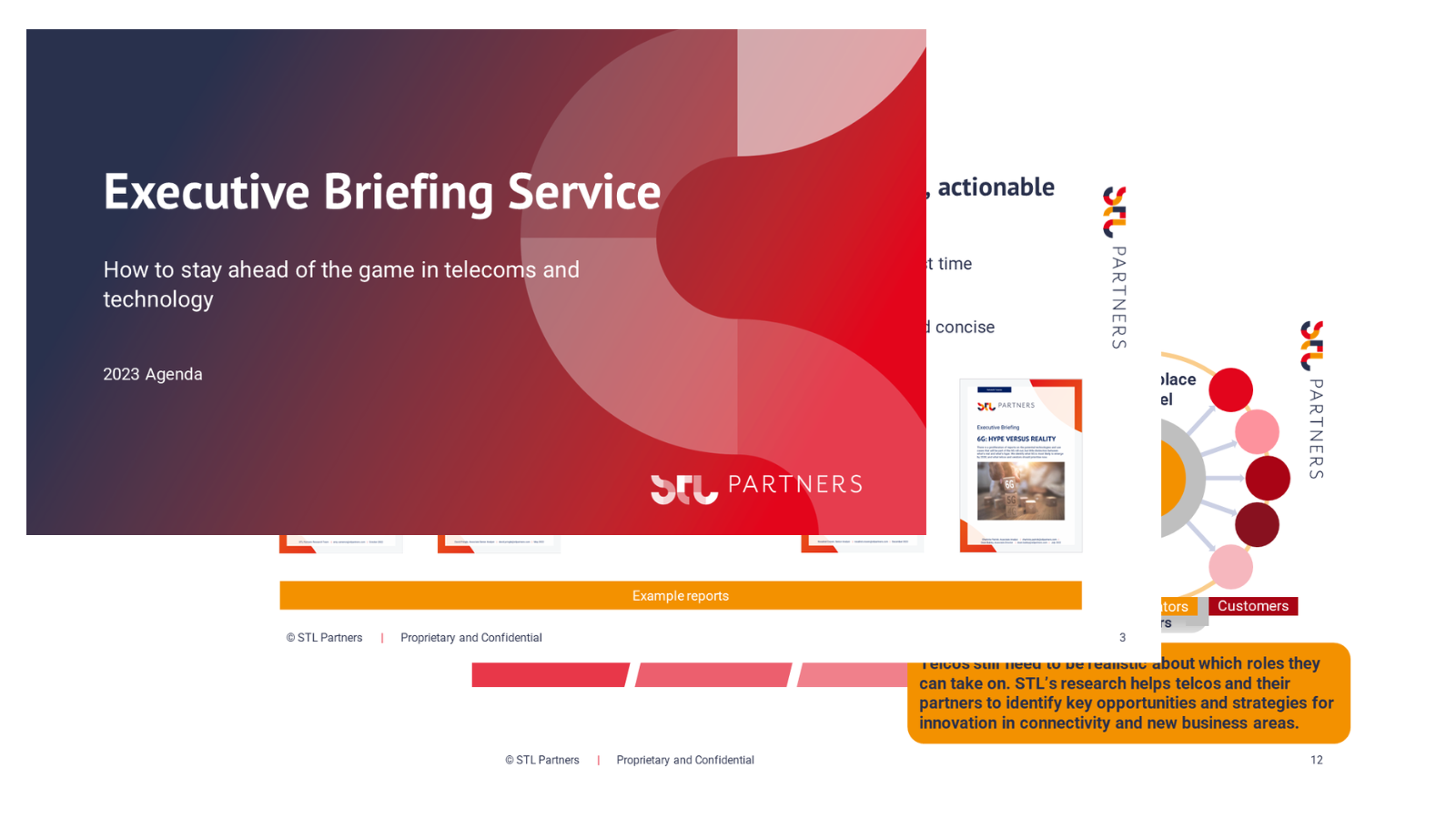
How telcos use data fabrics
Telcos are working towards implementation of data mesh and data fabric concepts to create a “single view of the customer” for day-to-day usage and in situations where there are particularly large numbers of disparate data sources across the organisation, such as post-merger.
The data mesh concept refers to the ability to connect and share decentralised data assets from multiple domains by connecting the assets with a single set of semantics. It demonstrates a shift in thinking towards decentralised data storage and ensuring data availability as needed across the organisation. The data fabric is a design concept which utilises the mesh to access data and deliver “data products” using a combination of data management and integration tools. These tools typically include:
Components of a data fabric

Current examples of data fabrics tend to be around B2C use cases for creating a single view of the customer, although they can bring operational data from multiple sources to any line of business (e.g. working at an account-level for B2B applications or device-level for network automation applications). For customer 360 view, the fabric creates single micro-databases of every customer in the telco, which are then accessible to any customer-data consuming application or user in the organisation. Security and tokenisation (for GDPR compliance) are then implemented on each micro-database, along with performance monitoring and capabilities that allow change management as data products, access methodologies, and other environmental factors impact the fabric over time.
Fabrics may be required to work in centralised environments, run by a single team managing data products for the telco, or a federated environment, where business domains are trained to create, build, use, and deliver their own data products. Some degree of federation is likely to emerge in most telcos, as domain experts have the best knowledge of the data they use and will not want to wait for centralised resources to become available in order to make changes.
In future, telcos will also increasingly depend on fabrics to manage data towards the edge. The fabrics will enable telcos to collect and analyse data wherever it is needed, as well as to move data between internal operations and their customers/partners. This will involve sharing ontology (the classification and tagging of data used), semantics (the meaning and use of specific pieces of data), governance, and stewardship.
For more information on data fabrics and how telcos use data sets, check our research report Four goals for the data-driven telco.
Download this article as a PDF
Read more about telecoms strategy
Executive Briefing Service overview pack
Our overview pack summarises the key agenda for CxOs and those driving growth in telecoms and technology
AI strategy: To centralise or not? (chart)
Though only a handful of telecoms operators, including Telefónica and Elisa, have an ambition to drive new revenue growth through development of their own IP in AI, all operators will need AI to permeate their internal processes to compete effectively in the long term – it is the next logical …




